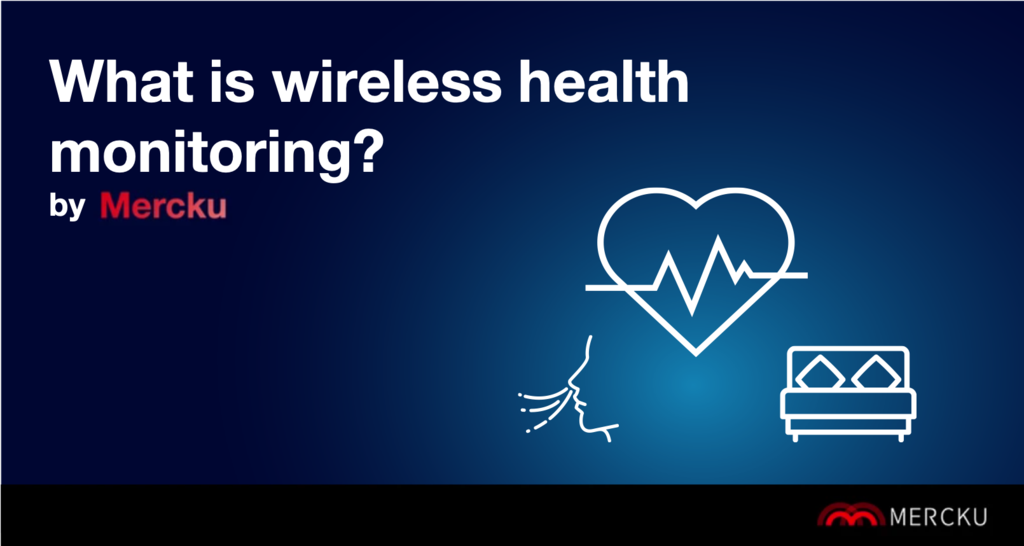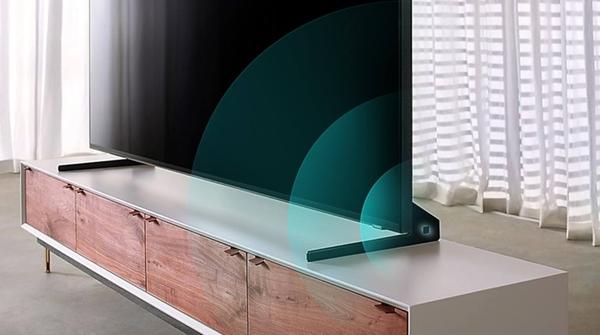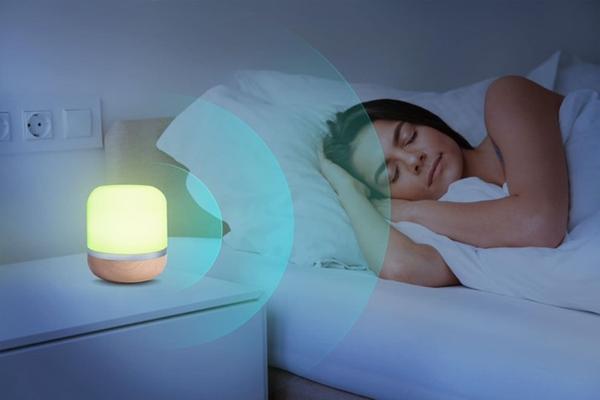Wireless Health Monitoring – A Step Towards the Future

Wireless technology has been around for more than a century, so why does it feel like wireless devices have only become popular in the last few years? Well… one of the main reasons for that is the need to license frequency bands.
Wireless devices communicate with each other and the environment using electromagnetic waves. Whenever two different devices use the same frequency, much like with Wi-Fi, the information each device captures might interfere with the other. In the past, it was common to “rent” or license a frequency to ensure that you are the only one using it and avoid interference. A perfect example is radio stations. Radio studios license a specific frequency to operate within a particular region. If you turn on the radio to your favourite station while being in a different region, it will most likely not be playing that station.
Licensing frequency bands, although sometimes necessary, can become a significant step back for innovation. It drastically limits the number of technologies that can operate under a specific frequency since there is no point in creating a product you will not be allowed to use or sell.
Fortunately, countries have been increasing the number of unlicensed band ranges. For example, several countries have now opened the use of the 6 GHz band. The proliferation of unlicensed bands has allowed many new technologies to emerge, including personal wireless health monitoring devices.

Wireless health monitoring devices
Some wireless health monitoring devices use a millimetre-wave sensor that generally operates between 24 GHz and 77 GHz and can detect micromovements. They can work as following:
- The sensor sends out a wave,
- The wave bounces off a surface,
- The wave comes back to the sensor,
- The system then calculates the millimetric position of that surface.
If the next wave the sensor sends out comes back differently, the system can calculate all subtle position changes. Using sophisticated AI algorithms, these devices are tailored to capture living beings’ micromovements and convert that data into three crucial features:
- Movement
- Breathing rate
- Heart rate
It is essential to understand that wireless health monitoring devices do not fully replace wearable devices such as smartwatches or fitness trackers. It is the solution that fills the gaps with current monitoring systems. Let’s go over some of their pros and cons.
Benefits
- No wearables – Users do not have to wear any device to have their health measured. In comparison, wearable devices require users to wear them even during sleep.
- Zero maintenance – Wireless health monitoring devices do not need to be recharged, unlike wearable devices that require the user to charge it weekly or even daily. Once the device is set up, the user can leave it running non-stop.
- Non-intrusive – People do not like being spied on, and rightfully so. These devices do not have any cameras, allowing the user to feel at ease at all times.
- One sensor, multiple people – Each person can be uniquely identified based on their micro-movements. The wireless device can identify the people within its range and measure their biodata accordingly.
Limitations
- Static – The sensor is not mobile. Users cannot carry it around like wearable devices.
- Range Although its range can be seen as a benefit since it has a much more extensive range than wearable devices, current iterations of wireless health monitoring devices have a range of 3 meters, which can sometimes not cover an entire room.
- Setup – The device may require a longer calibration time before use. The setup is not a significant limitation, but it is essential to go over its aspects.
Potential Use Cases
Sleep Monitoring

Wireless tech is the best solution for sleep monitoring. It can sense the necessary information to measure sleep quality (movement, breathing, heart rate), and it does not provide any discomfort to the user since it is contactless.
Telehealth

Due to the COVID-19 pandemic, up to 40% of American citizens avoid visiting a medical care center for non-COVID-related concerns [1]. This has led to a drastic increase in telehealth appointments. In Canada, 60% of medical visits became virtual in 2020 [2].
Wireless health monitoring devices add another component to online appointments by providing doctors with their patient’s biodata (with the proper. A great use case is a doctor checking their patients’ breathing data throughout the night and quickly spotting any irregularity, such as sleep apnea, affecting 26% of adults in the US [3].
We hope you all enjoyed this article, thanks for reading! Mercku Blogs covers the latest in wireless technology – subscribe to our newsletter to make sure you don’t miss our newest releases! Want to learn more about RF Sensing? Visit our RF Sensing blog post here.
For more information about Mercku’s Connectivity Suite, our hardware, and how you can partner with Mercku, please reach out to the team at connect@mercku.com
Sources:
[1] https://www.cdc.gov/mmwr/volumes/69/wr/mm6936a4.htm
[2] http://www.healthcareimc.com/main/virtual-care-is-the-future-of-health-care-delivery-in-canada/
[3] https://aasm.org/rising-prevalence-of-sleep-apnea-in-u-s-threatens-public-health/
